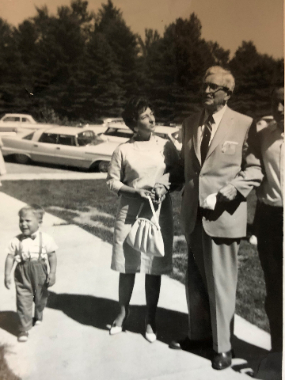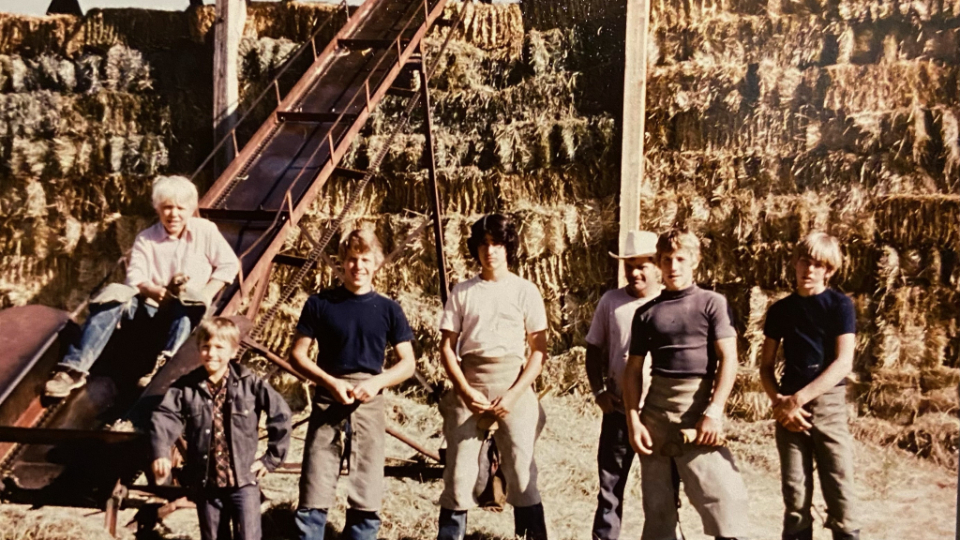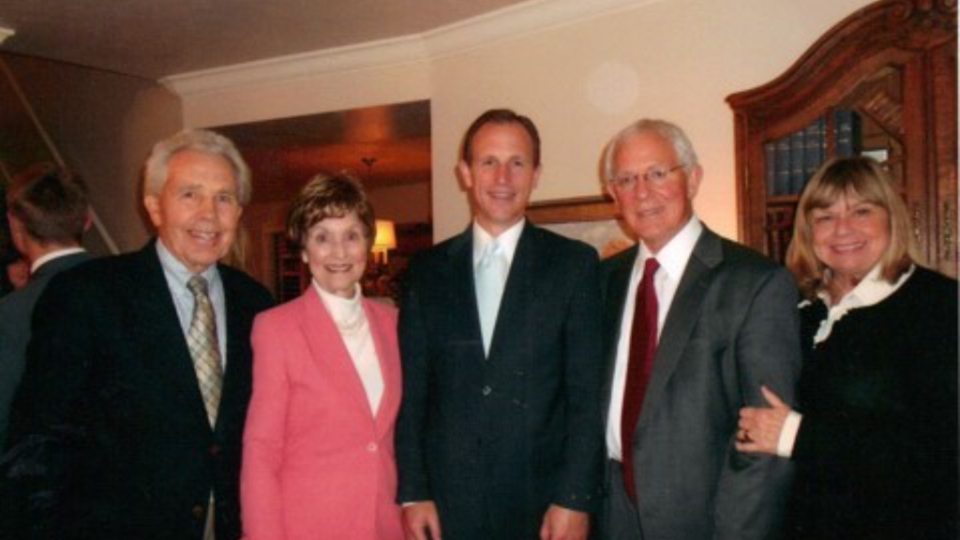“It’s difficult, if not impossible, to remember who you are, until you know who you are,” said Elder Kyle S. McKay, who has begun his service as the 16th Church Historian and Recorder of The Church of Jesus Christ of Latter-day Saints, effective August 1, 2022.
-
- Church-Historian
- Church-Historian
- Church-Historian
- Church-Historian
- Church-Historian
- Church-Historian
- Church-Historian
- Church-Historian
- Church-Historian
- Church-Historian
- Church-Historian
- Church-Historian
- Church-Historian.jpg
- Church-Historian-5.jpg
| Temple Square is always beautiful in the springtime. Gardeners work to prepare the ground for General Conference. © 2012 Intellectual Reserve, Inc. All rights reserved. | 1 / 2 |
“The history, the things that we do help us know and remember who we are. In fact, that’s one of the commandments God has given us, is to remember,” said Elder McKay.
Elder McKay, a former attorney, has been serving as the assistant executive director of the Church History Department for the past three years under the leadership of Elder LeGrand R. Curtis Jr., who will be given emeritus status in the October general conference. Elder McKay was sustained as a General Authority Seventy in 2018.

Church-Historian.jpg
Elder Kyle S. McKay, Church Historian and Recorder, is pictured as a young boy (left) with past President David O. McKay. Elder McKay's grandfather is the first cousin of President McKay.The new assignment has gone full circle for Elder McKay. As a Utah native whose grandfather is the first cousin to past Church President David O. McKay, he worked on the family ranch of former Church Historian and Recorder Elder Marlin K. Jensen during most of his youth.
Early Years
Although Elder McKay’s family lived in Bountiful, Utah, he spent much of his youth in the northern Utah community of Huntsville, an area his ancestors helped settle. His Huntsville bishop was then a young attorney by the name of Marlin K. Jensen. Bishop Jensen, whom the youth called Marlin, was raising his family on their Huntsville ranch. Elder Marlin K. Jensen would later become the 13th Church Historian and Recorder of the Church of Jesus Christ.
Elder McKay recalls living and working on Bishop Jensen’s farm for a year as a teenager after his family returned to Bountiful because he wanted to stay in the Ogden Valley. “It’s not like we talked about Church history,” he recalled. “We milked cows and hauled hay and fixed fences when I was there as a 14-year-old boy. I turned 15 when I was living in his home.”

Church-Historian-5.jpg
Elder Kyle S. McKay, the new Church Historian and Recorder, worked on the farm of Elder Marlin K. Jensen, former Church Historian and Recorder, for most of his youth. Elder McKay is the second from the right.He kept a journal during his time with the Jensens. “Bishop woke me up at 4:45 [a.m.] and we milked [the cows]. After milking, we went straight home and ate pancakes and bacon for breakfast,” said an entry from Saturday, May 3, 1975.
“I grew up under the tutelage of Marlin Jensen. And he has been a kind mentor my entire life. I watched him from a distance as he fulfilled this responsibility,” Elder McKay said.

Church-Historian
Elder Kyle S. McKay (center), Church Historian and Recorder, with his parents and Elder Marlin K. Jensen (right), former Church Historian and Recorder, and his wife, Kathy.“We learn and hear that there are no coincidences, although I’m fine if [the Jensen-McKay connection then and now] is [coincidental]. I don’t mind this being random or a coincidence because I also know that regardless of how something [comes] about, God is able and inclined to [step] in and add His purpose and intent,” he reflected.
Duties of the Church Historian and Recorder
Elder McKay will oversee the Church History Department, Church historical sites, a publications department, and the Church History Library and Church History Museum on Temple Square in Salt Lake City. “I’m called the Church Historian. But, in truth, the real historians are the people I work with. I preside over a department that is full of absolutely brilliant people.”
Publications
For years, the Church has increased transparency by providing resources to the public, such as the Joseph Smith Papers Project and a four-volume narrative history of the Church called “Saints.”
“I think the best example is the Joseph Smith Papers. There is virtually nothing that has been left unpublished with respect to things written by him or to him,” McKay explained.
Elder McKay is mindful of those who may be critical of the Church if they find imperfections in its leadership.
“Church history, as you may know, has been a [topic] where some people have found things that have caused them to lose or question their faith. I believe that Church history has the capacity to strengthen faith and it ought to be used for that purpose, and I’m excited to do it.”
Elder McKay says the best information on the Church and the gospel of Jesus Christ can be found in the Church’s scriptures, including the Book of Mormon.
“I think it is not just a starting point, but it’s the ending point. That’s what we believe. And then after that, you can … consult our histories [for context and application],” said Elder McKay.
“My invitation is [to] study the truths of God. If you study error, you will come to know only error, and our purpose in or out of the Church ought to be to seek out truth and not just facts, but truth, especially saving truth.”
Artifacts
“I think the most important and [interesting] artifacts are early writings of the Book of Mormon and scripture, the Book of Commandments, the original manuscript of the Book of Mormon — which only about 25%-27% remains. But we have [virtually] the entire printer’s manuscript. The most important documents—historic or modern—are those that contain the word of God.”
Elder McKay said the Church preserves important documents not only at Church headquarters in Utah, but in more than two dozen locations throughout the world.
“Not all records have to be here. We'll bring things here, but we have Record Preservation Centers all over the globe.”
As Elder McKay settles into his new office in the Church History Library overlooking the Salt Lake Temple currently under reconstruction, he’s looking forward to continuing the work to document and preserve the history of the Church.
“There have been some marvelous things that have happened here. And there are some marvelous things that are going on. I hope to help record and preserve it without getting in the way,” he said.